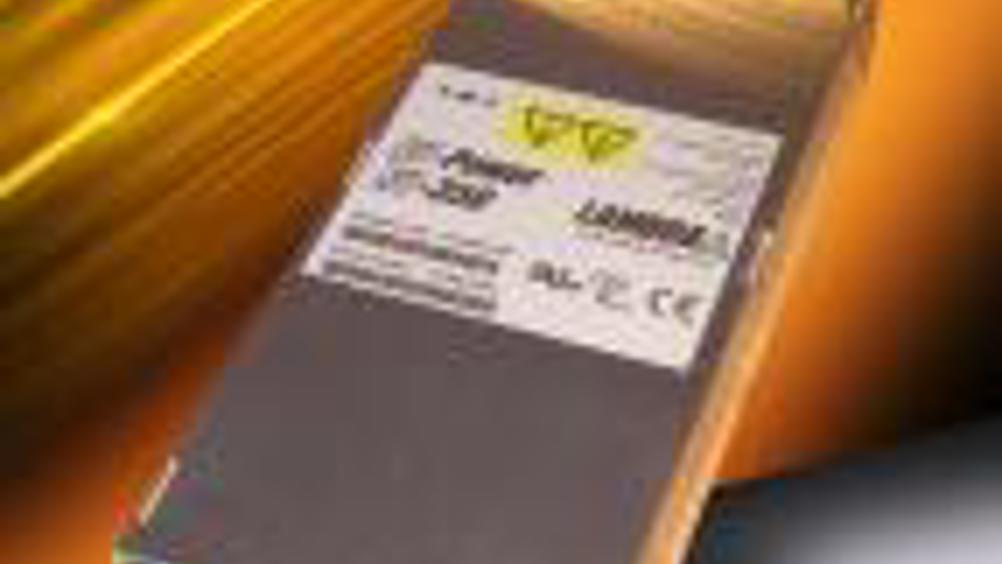Efficiency versus EMC: a trade off eliminated

Whatever the application, power supply users want products that are small and efficient, yet have excellent EMC performance.
Until recently, it was difficult for designers to reconcile these requirements but, as Andy Skinner of Lambda UK explains, new developments in switch-mode technology now provide a complete solution.
In recent years, switch-mode power supplies have almost completely displaced traditional linear supplies in the majority of applications. The reasons are not hard to find: for a given rating, switch-mode supplies are much smaller and lighter than their linear counterparts, and they are also much less costly to manufacture.
Switch-mode supplies clearly have a lot to offer, but they do have one potential shortcoming. Because of the way they work, they are capable of generating radio frequency interference (RFI) or, to put this in the terms most often used, it is possible for them to have poor EMC performance.
To understand why this is, and what can be done about it, we need to take a brief look at how switch-mode supplies work. In essence, they’re not very complicated. They take power from the mains then rectify and smooth it to produce a high voltage DC supply of, typically, 380V in the case of a power supply with power-factor correction.
Register now to continue reading
Thanks for visiting The Engineer. You’ve now reached your monthly limit of news stories. Register for free to unlock unlimited access to all of our news coverage, as well as premium content including opinion, in-depth features and special reports.
Benefits of registering
-
In-depth insights and coverage of key emerging trends
-
Unrestricted access to special reports throughout the year
-
Daily technology news delivered straight to your inbox










Water Sector Talent Exodus Could Cripple The Sector
Maybe if things are essential for the running of a country and we want to pay a fair price we should be running these utilities on a not for profit...